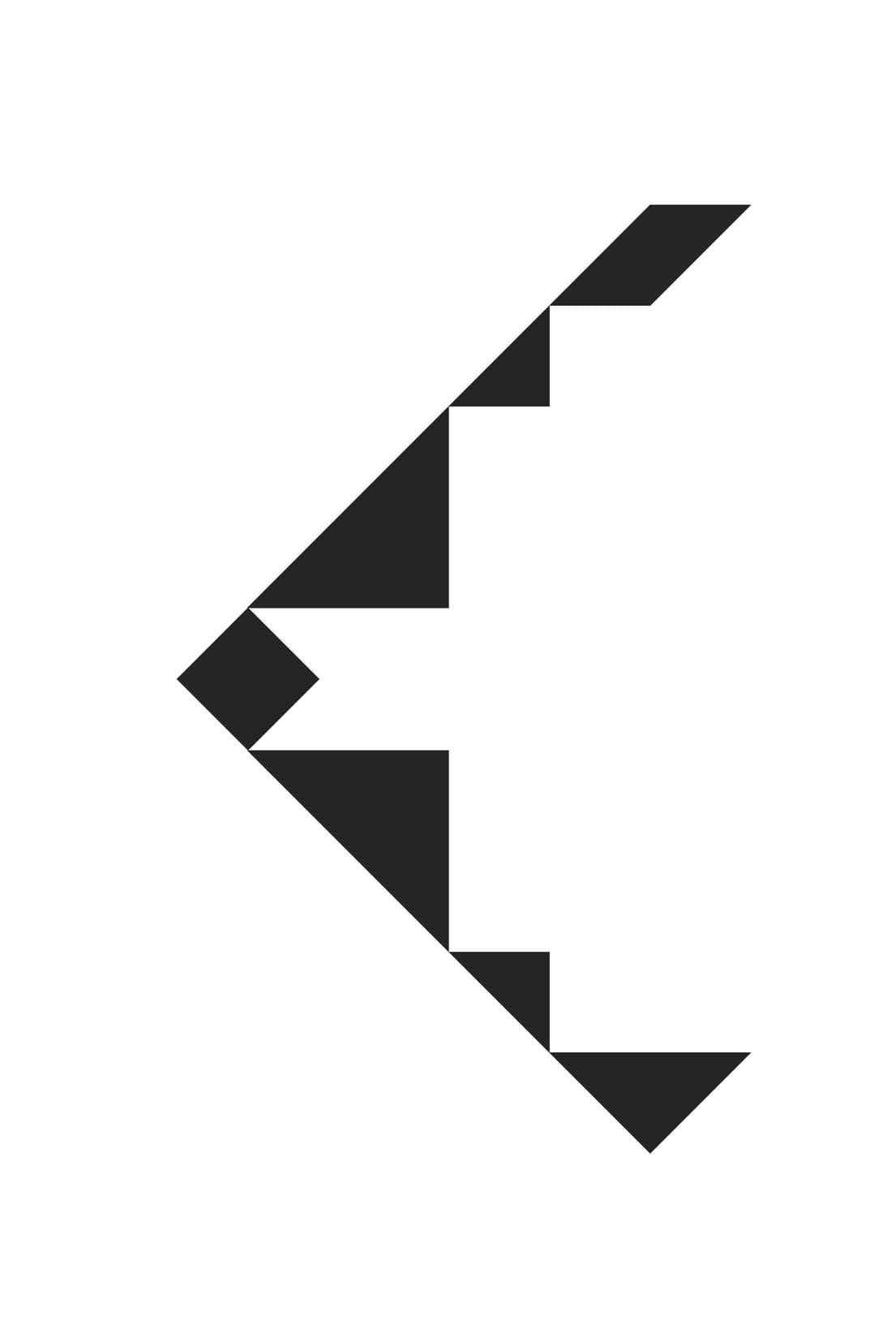2012 Joint Mathematics Meetings
Horst Schaefer
Artists
Statement
I am trying to apply formal concepts from mathematics, logic or science in my work. I also try to reach a balance between the formal aspects, artistic freedom and the resulting aesthetic value. For me it is essential, that the viewer can be aware of these aspects. As a consequence I am exploring how formal concepts generate a visual form. The name ‘Rule and Form’ of my first cycle describes this relationship. The works show here are realized with classical copperplate printing technique. I used a unique set of 7 copper plates which were cut from one square plate of copper. Then a technique called aquatint was used to create the surface structure necessary for copperplate printing. In the original printings one can see the imprints of the plates on the paper. At the end of 2010 I had realized 58 works in this way.
Artworks

Rule and Form - Rule 20 - Chain, opposing sides at the outside have equal length.
20'' x 24''
Copperplate printing on Hahnemuehle etching board (paper)
2010

Rule and Form - Rule 12 - Chain - corners, touching each other, form one right angle.
20'' x 24''
Copperplate printing on Hahnemuehle etching board (paper)
2010

Rule and Form - Rule 04 - Corners are touching each other, in the space in between equilateral triangles arise.
20'' x 24''
Copperplate printing on Hahnemuehle etching board (paper)
2010